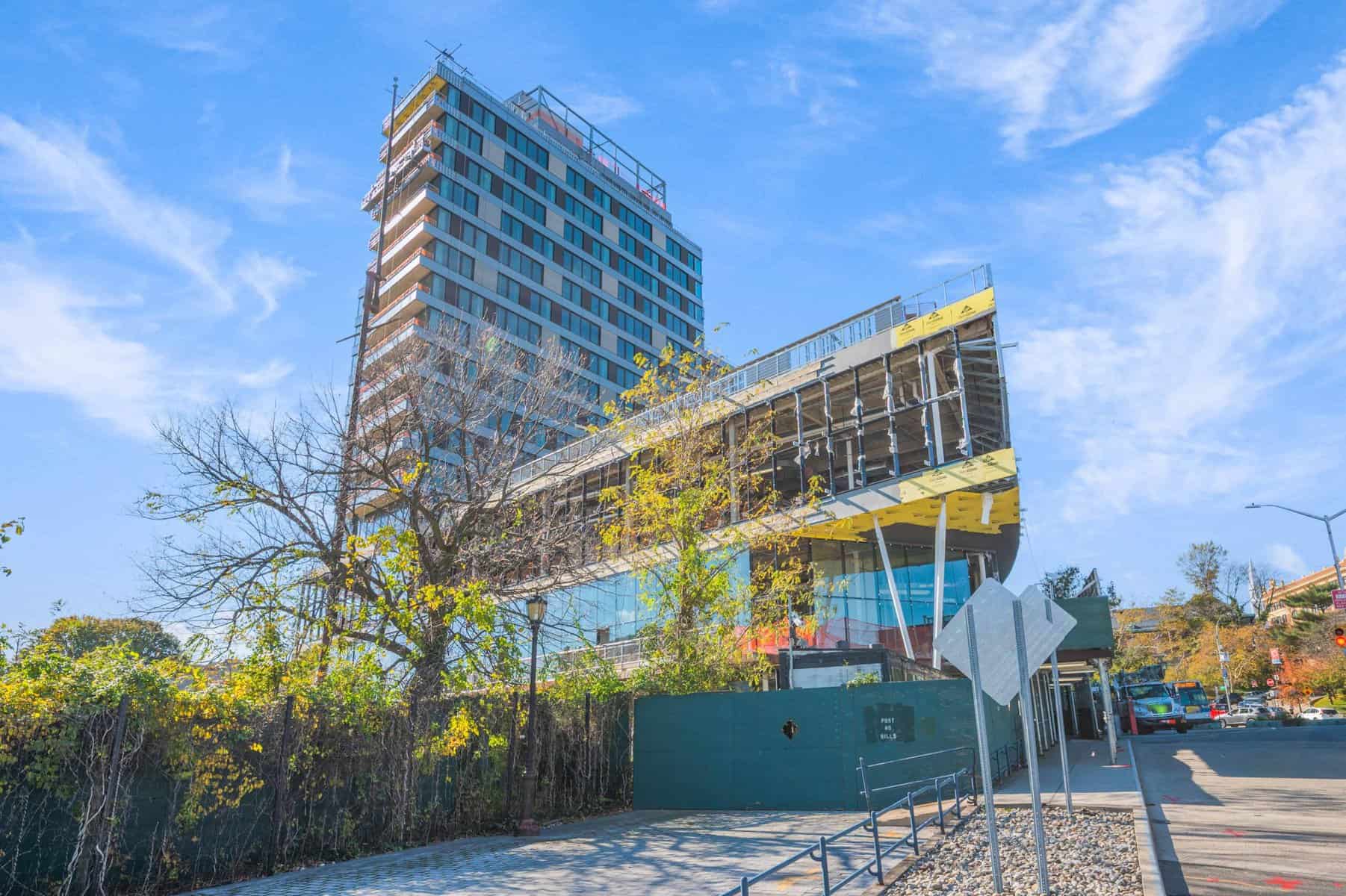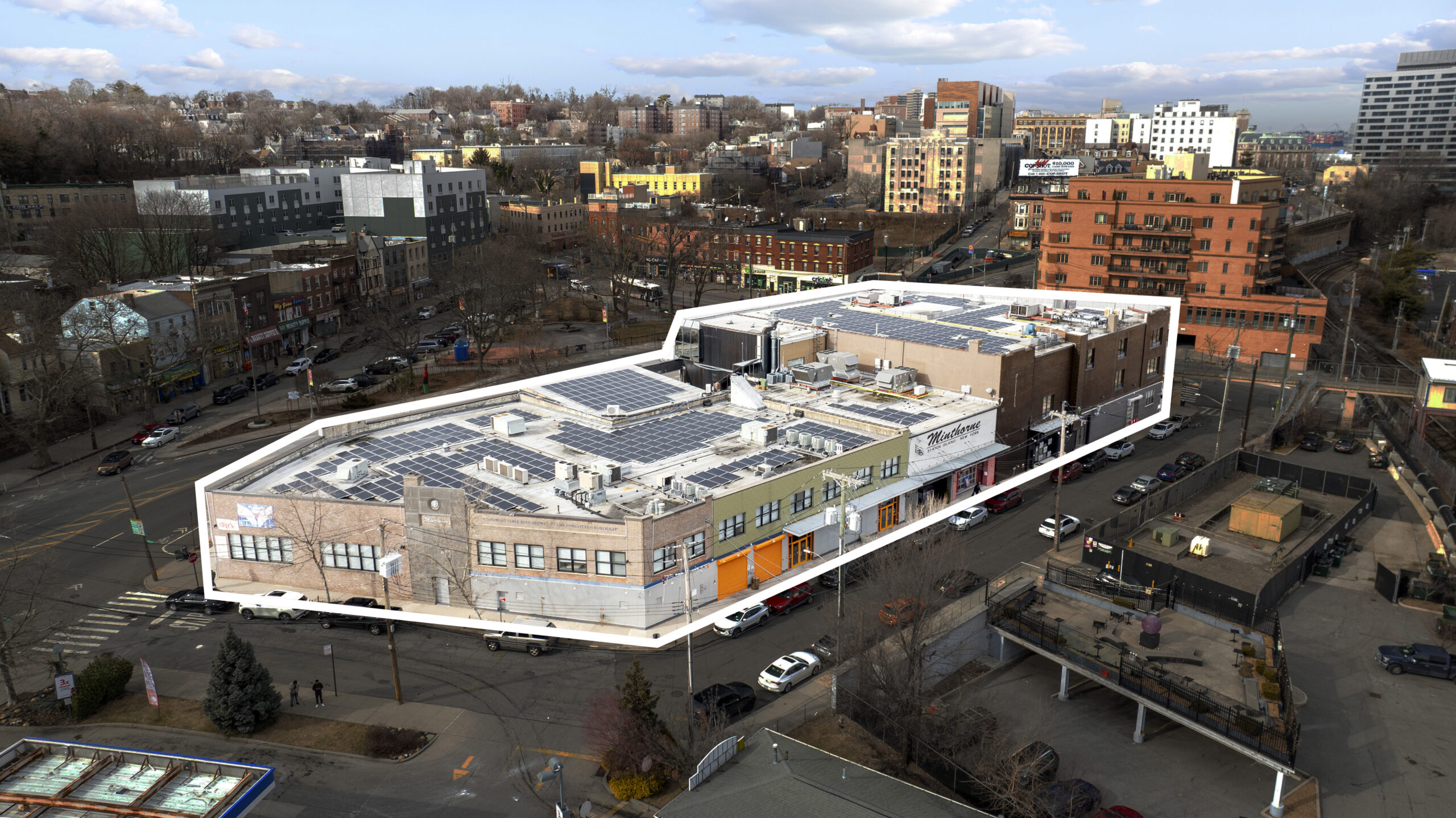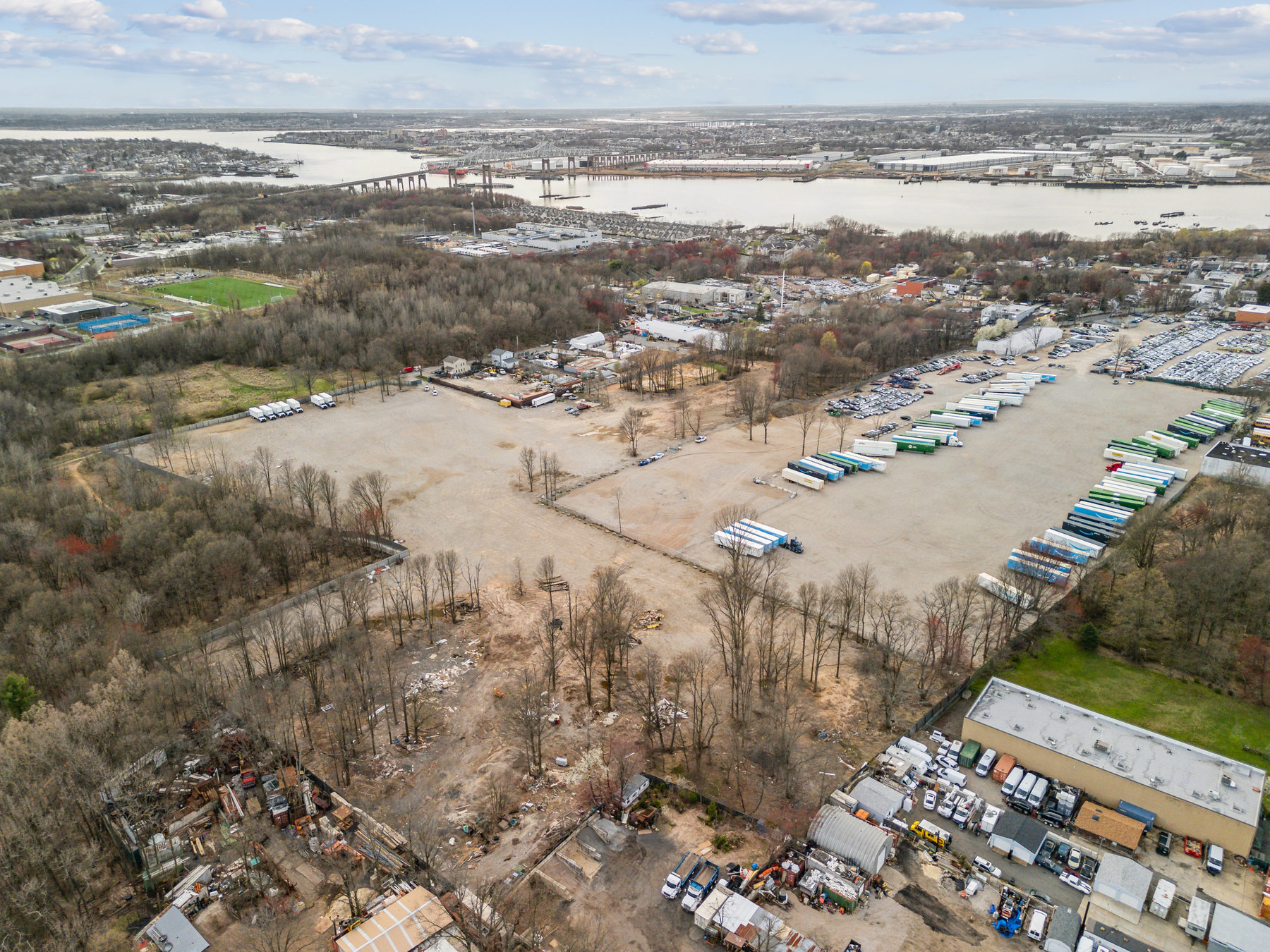Large Projects Need the Right Formwork
Commercial construction projects and public works projects such as bridges need the proper formwork during the building process. Handset Concrete Formwork in the correct formwork systems will make for better concrete results and stronger construction projects. Purchasing or renting professional formwork systems can save the contractor time and mistakes during the construction process.
By learning about the most common mistakes and avoiding them, a contractor can have a more successful project with less costly repairs or even failures of structures leading to lawsuits.
The Four Most Common Concrete Construction Mistakes Include:
1. The wrong mix of concrete can cause failure with projects. Too much or too little concrete mix, water, or aggregate material can cause the concrete not to cure correctly. Improperly mixed concrete can lack the strength to support the building or the weight of vehicles. In addition, the correct concrete mix changes with the local humidity levels or temperatures. A substandard concrete mix can lead to disaster.
2. Even if the concrete mix is right, the wrong curing time can weaken the concrete. The correct curing time and conditions are determined by the mixture and the local climate. A concrete expert on each job can assure the correct mix and curing time for strong, durable concrete.
3. Don’t skimp on or use the wrong concrete reinforcement or the project will lack the needed strength and stability. In addition to using the correct reinforcement for the project, the reinforcement needs to be placed properly to do its job. The reinforcement needs to be located in the load-bearing areas of the concrete.
4. The best concrete project will fail if the site preparation is not done correctly. The base soil the concrete construction will sit on needs to be excavated properly and reinforced with gravel or effective aggregate and then compacted. The correct form-work must be built and put in place to support each concrete pour and allow proper curing. Concrete forms can be built on-site, rented, or purchased in pre-made sections or systems.
Construction contractors must follow the architect’s or engineer’s building material specs exactly. It is always cheaper to build a project correctly than to have to replace all the concrete and absorb those costs.
How to Handle Construction Mistakes
When a mistake happens, the contractor must act quickly with a plan of action. Quick action can save money and the contractor’s reputation. There are five practices to consider:
· Take responsibility for team members who messed up. There may be several contractors involved in the mistake including the material supplier, the form supplier, or the workers. Figure out quickly who will be required to pay and then ensure those payments are made.
· Document any mistakes and who made them. Find the cause of the problem and correct it quickly.
· Communicate with all of the construction team before during and after the project begins to avoid mistakes, stop them, and correct them quickly. Good communication and monitoring of every step of the project can avoid expensive mistakes. When mistakes are detected, meet with all parties for an action plan.
· Make an immediate repair schedule so the whole building project is not delayed. It may take time to gather the replacement materials, contractors, and workers.
· After repairs are completed, do a risk assessment study.
If a concrete contractor uses the best materials and installation methods and has policies in place to avoid mistakes, jobs will go more smoothly with better outcomes.







Leave a Comment